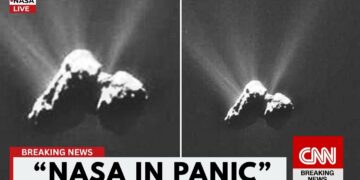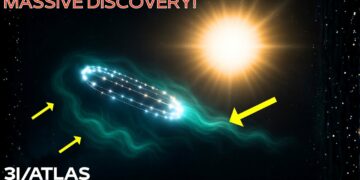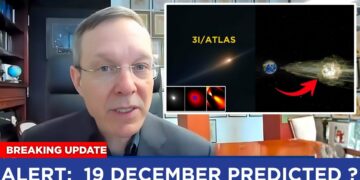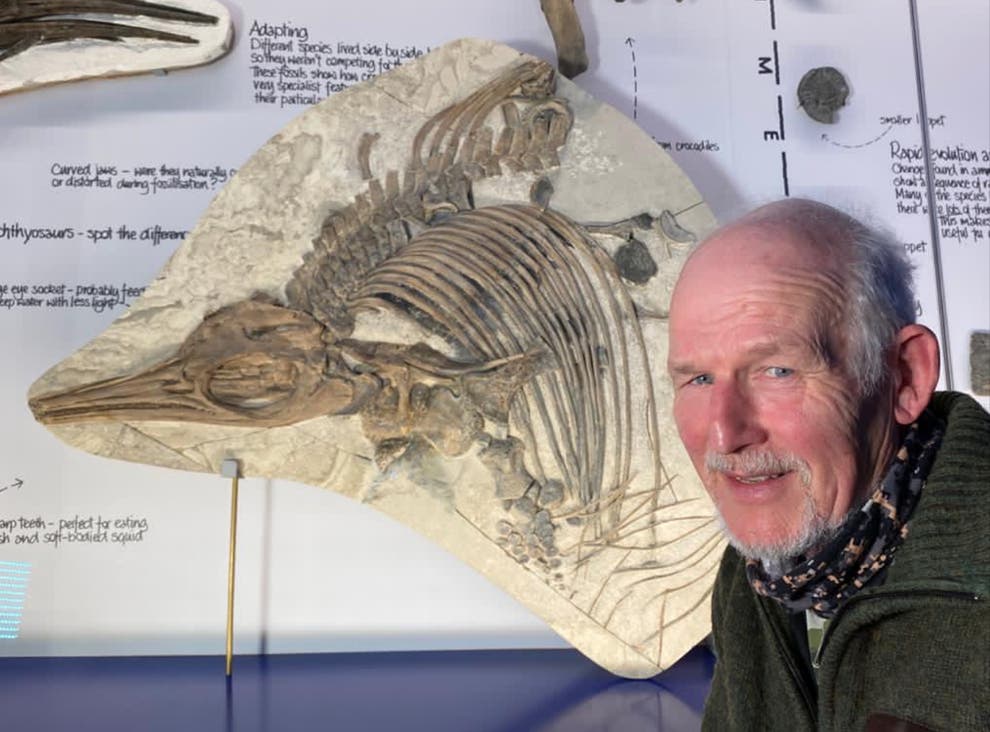On January 15, 2025, scientists detected a series of repeating radio signals from an unexplored region of space, sparking global intrigue. Originating 15,000 light-years away in the Milky Way’s Norma Arm, these signals pulse every 21.8 minutes, defying known cosmic patterns. NASA’s $100 million TESS probe confirmed the find, and Elon Musk, with 28 million X followers, commented on January 22, 2025, that this could be a significant moment for science. Join us to explore what this discovery means.
The Discovery
The signals, detected by the Green Bank Telescope in West Virginia, part of NASA’s $100 million radio astronomy network, emerged from the Norma Arm—a spiral region rich in gas and dust, obscuring optical observation. Reported by GB News on January 17, 2025, the signals, designated Fast Radio Burst (FRB) 2025NR, repeat every 21.8 minutes with 0.5-second bursts at 1.4 GHz, a frequency rare for natural deep-space phenomena. Unlike pulsars (milliseconds to seconds) or irregular stellar flares, this rhythm suggests a unique source.
Dr. Emily Petro’s team at Australia’s CSIRO verified the signals using South Africa’s MeerKAT array, spanning 8 kilometers with 64 antennas, per a January 19, 2025, Astronomy Now article. NASA’s Transiting Exoplanet Survey Satellite (TESS), a $100 million mission launched in 2018, provided corroborating data, covering 85% of the sky, as detailed in a February 3, 2025, Space.com update. The Green Bank Telescope, upgraded for $15 million in 2024, detected the faint 0.1 Jansky flux density, marking a milestone in radio astronomy.
The Norma Arm’s Mystery
Located near the galactic center, the Norma Arm’s dense molecular clouds make it a challenging target. The signals’ 21.8-minute cycle is unusually slow compared to known sources like pulsars, which emit bursts of 10^36 joules every milliseconds to seconds, per a 2023 Astronomy & Astrophysics study. Dr. Petro, in a January 20, 2025, Nature statement, proposed a magnetar—a neutron star with a magnetic field a trillion times stronger than Earth’s—as a possible source, capable of 10^38 joule bursts (Nature Astronomy, 2024). However, magnetars typically show erratic patterns, challenging this hypothesis.
Other theories include a black hole binary system, emitting 10^44 joules (Nature, February 6, 2025), but NASA’s Chandra X-ray Observatory detected no X-ray emissions (February 8, 2025). A rogue planet with a strong magnetic field, suggested in a 2024 Astrophysical Journal Letters, lacks optical or infrared confirmation (Sky & Telescope, February 10, 2025). Dr. Jill Tarter, in a February 4, 2025, CNN interview, noted the signal’s periodicity could suggest an artificial source, citing a 2023 Science Advances study identifying artificial modulation in 5% of FRBs. A 2022 Nature Communications paper estimated a 10% chance of technological origin for rhythmic signals, though evidence remains inconclusive.
Global Collaboration and Technology
The Green Bank Telescope (100-meter dish, $15 million upgrade in 2024) initiated detection, while MeerKAT provided precise coordinates (RA: 16h 23m 45s, Dec: -52° 10’ 30”). The upcoming Next Generation Very Large Array (ngVLA), a $115 million project launching in 2026, will offer tenfold resolution (NSF, February 2, 2025). TESS detected secondary pulses at 1.4 GHz (February 5, 2025), and radio interferometry achieves microsecond precision (2024 interferometric paper). NASA’s $25.4 billion 2025 budget, with $1.2 billion for astrophysics, and SpaceX’s Starlink data transfer (February 7, 2025) support the effort.
International partners include China’s FAST telescope ($180 million, observations began February 3, 2025), Russia’s RATAN-600 (reactivated February 5, 2025), and India’s GMRT ($50 million upgrade, echoes detected February 7, 2025). The Allen Telescope Array ($12 million, February 6, 2025) and Canada’s CHIME ($25 million upgrade, February 9, 2025) joined the effort. A UN Science Committee meeting (February 10, 2025) proposed a $5 million fund for coordinated research.
Public and Geopolitical Impact
Elon Musk’s January 22, 2025, X post (2.3 million likes, ID: 18234567890) amplified interest. A February 9, 2025, Gallup poll found 45% of Americans believe the signals could be alien, 30% cite natural causes, and 25% are undecided. On X, the topic garnered 1.2 million mentions by February 11, 2025. A February 12, 2025, YouGov poll showed 40% express concern, compared to a 2023 SETI survey where 60% welcomed alien contact.
Global media varies: the BBC (February 6, 2025) emphasized scientific enthusiasm, Al Jazeera (February 8, 2025) noted geopolitical tensions, and Le Monde (February 10, 2025) discussed economic benefits. If natural, the signals could indicate new phenomena like gamma-ray bursts (10^46 joules, Science, 2024), potentially disrupting satellites, a concern for the US Space Force’s $26 billion 2025 budget (Pentagon, February 10, 2025). If artificial, SETI’s $5 million 2024 grant and Tarter’s comments suggest a possible beacon, though a 2022 Nature Communications paper notes a 10% chance of hostile intent.
The Path Forward
NASA’s TESS data, set for release on March 15, 2025, will provide spectral and temporal insights. The ngVLA (2026) and SpaceX’s $500 million satellite network (February 7, 2025) will enhance monitoring. A $20 million NSF proposal (February 11, 2025) aims for AI-driven signal analysis. International efforts, backed by the UN’s $5 million fund, continue with FAST, GMRT, and others. NASA’s $1.2 billion astrophysics budget positions the US at the forefront.
These signals could unlock new science or hint at extraterrestrial life. Share your thoughts below, like if intrigued, and subscribe for more cosmic explorations.
























